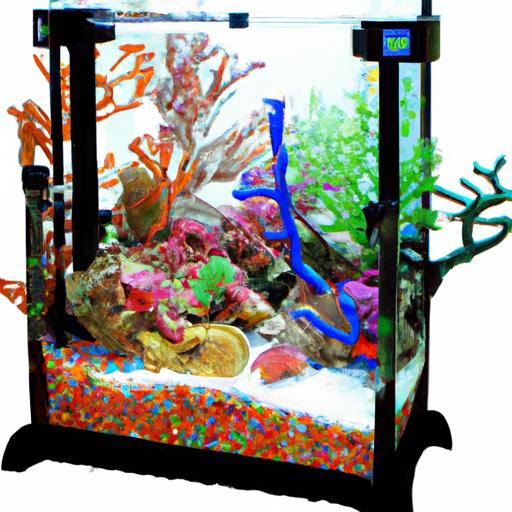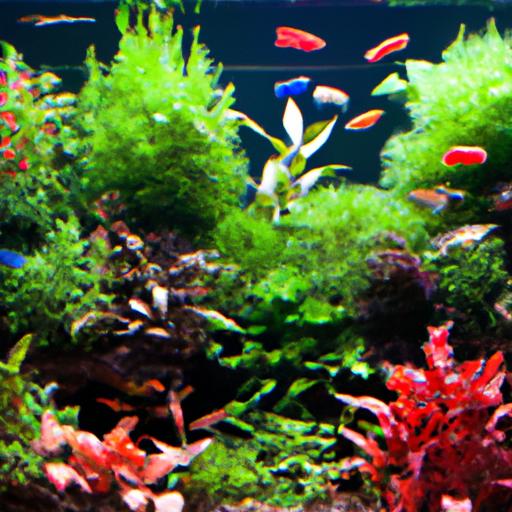
Choosing the Right Lighting for Your Freshwater Aquarium
Discover how to choose the right lighting for your freshwater aquarium. Enhance your aquatic ecosystem with proper lighting for optimal health and beauty.
Introduction
When it comes to creating a vibrant and thriving freshwater aquarium, selecting the right lighting is crucial. Adequate lighting not only enhances the visual appeal of your aquarium but also plays a vital role in the health and growth of your aquatic plants and fish. In this article, we will guide you through the process of choosing the perfect lighting for your freshwater aquarium, ensuring a captivating and healthy underwater world.
Factors to Consider When Choosing Lighting for Your Freshwater Aquarium
To make an informed decision about the lighting for your freshwater aquarium, there are several key factors you should consider. By understanding these factors, you can provide the optimal lighting conditions for your aquatic ecosystem.
Understanding the Lighting Needs of Different Aquatic Plants and Fish Species
Aquatic plants and fish have varying lighting requirements. Some plants thrive in low light conditions, while others require intense illumination. Similarly, certain fish species prefer dimly lit environments, while others thrive under bright lights. It is essential to research the specific lighting needs of your plants and fish to ensure their well-being. Consider the light intensity and spectrum required by your aquatic inhabitants to create an environment that mimics their natural habitat.
Considering the Aquarium Size and Depth for Appropriate Light Coverage
The size and depth of your aquarium determine the lighting coverage needed. A larger tank may require multiple light fixtures to evenly distribute light throughout the entire space. Additionally, the depth of your aquarium affects the penetration of light. Deeper tanks may require stronger lighting systems to reach the bottom and provide sufficient illumination for plants and fish dwelling there. Consider these dimensions when choosing the appropriate lighting solution for your freshwater aquarium.
Evaluating the Intensity and Color Temperature Requirements of the Lighting System
The intensity of light and its color temperature are vital aspects to consider. The intensity of light is measured in terms of lumens and determines the brightness of your aquarium. Different plants and fish have specific light intensity requirements, and providing the appropriate level of brightness is crucial for their growth and well-being.
Color temperature refers to the hue of light emitted by the lighting system. It is measured in Kelvin (K) and ranges from warm yellowish tones to cool bluish tones. Plants and fish respond differently to varying color temperatures. For instance, freshwater plants typically thrive under lights with a color temperature between 5000K and 7000K, while some fish display their most vibrant colors under bluish lighting. Understanding the color temperature needs of your aquarium inhabitants will help you choose the right lighting system.
Exploring Different Types of Lighting Options Available in the Market
There are various lighting options available for freshwater aquariums, each with its own advantages and disadvantages. Let’s explore some of the most popular choices:
-
Fluorescent Lighting: Fluorescent lights are a common choice for freshwater aquariums. They are energy-efficient, provide a wide spectrum of light, and are suitable for most aquatic plants and fish. However, they may not be ideal for tanks with deep water or plants requiring high light intensity.
-
LED Lighting: LED lights have gained significant popularity in recent years due to their energy efficiency, long lifespan, and customizable features. LED lights come in various color temperatures and intensities, allowing you to cater to the specific needs of your aquatic ecosystem. They are suitable for all aquarium sizes and depths, making them a versatile choice.
-
Metal Halide Lighting: Metal halide lights are known for their intense brightness and ability to penetrate deep aquariums. They are commonly used for large tanks with demanding lighting requirements. However, metal halide lights generate significant heat and consume more energy compared to other options.
-
Incandescent Lighting: Incandescent lights are the traditional choice, but they have become less popular due to their inefficiency and tendency to generate excess heat. They are not recommended for most freshwater aquariums.
Consider the specific needs of your freshwater aquarium, such as the desired light intensity, color temperature, and the size and depth of your tank, when selecting the lighting system that best suits your requirements.
FAQ (Frequently Asked Questions) about Choosing Lighting for Freshwater Aquariums
What is the ideal lighting duration for a freshwater aquarium?
The ideal lighting duration for a freshwater aquarium typically ranges from 8 to 10 hours per day. However, it is important to consider the specific lighting needs of your plants and fish. Some aquatic plants require shorter or longer photoperiods, so it is essential to research their individual requirements.
Can I use natural sunlight as a source of lighting for my freshwater aquarium?
While natural sunlight can provide some benefits to your aquarium, it is not recommended as the primary source of lighting. Sunlight can lead to rapid algae growth, temperature fluctuations, and inconsistent lighting conditions. It is best to supplement natural light with artificial lighting to maintain stability and control over your aquarium environment.
How can I prevent excessive algae growth caused by improper lighting?
Excessive algae growth is a common concern in freshwater aquariums. To prevent it, ensure that you provide the appropriate light intensity and duration for your plants and fish. Consider using a timer to maintain consistent lighting schedules and avoid extended periods of light exposure. Additionally, regular water maintenance, proper filtration, and limiting nutrient levels can help control algae growth.
Are LED lights suitable for freshwater aquariums?
LED lights are highly suitable for freshwater aquariums due to their energy efficiency, customizable features, and versatility. They provide a wide range of color temperatures and intensities, allowing you to create the perfect lighting environment for your aquatic ecosystem. LED lights are suitable for all aquarium sizes and depths, making them a popular choice among hobbyists.
Conclusion
Choosing the right lighting for your freshwater aquarium is crucial for creating a visually stunning and healthy underwater environment. By considering factors such as the lighting needs of your plants and fish, aquarium size and depth, light intensity and color temperature requirements, and exploring different lighting options available in the market, you can make an informed decision. Remember to provide the optimal lighting conditions to enhance the growth and well-being of your aquatic life. With the right lighting, your freshwater aquarium will become a captivating centerpiece in any space.
Setting up a freshwater planted discus habitat, Designing a stunning freshwater planted livebearer nano community tank, Setting up a freshwater nano crustacean tank
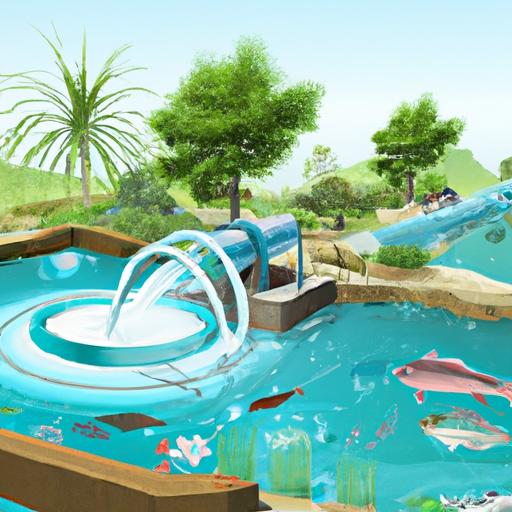
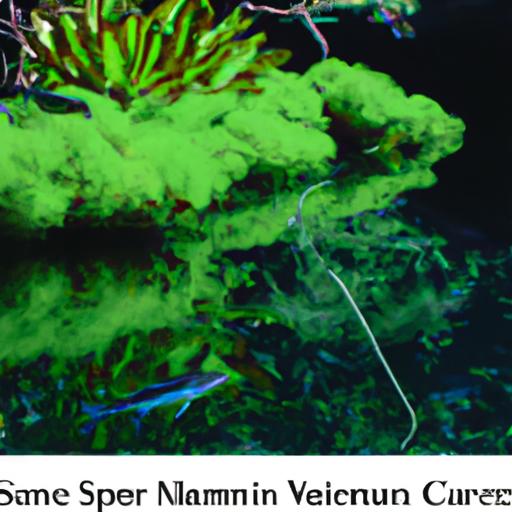
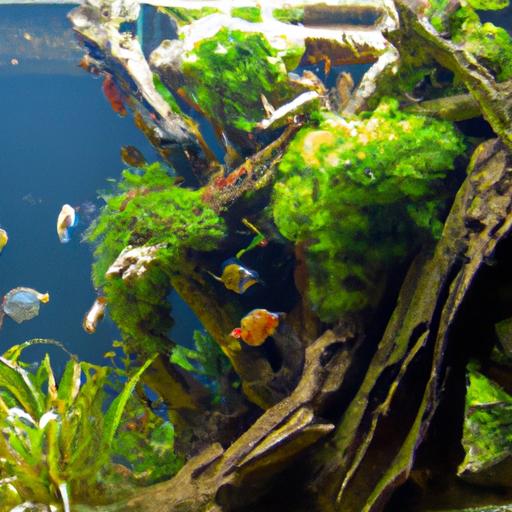
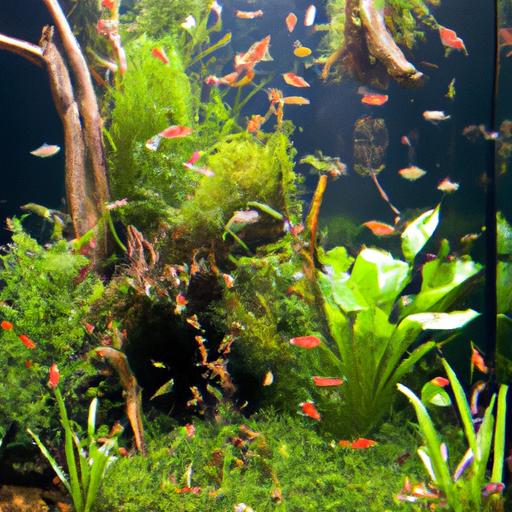
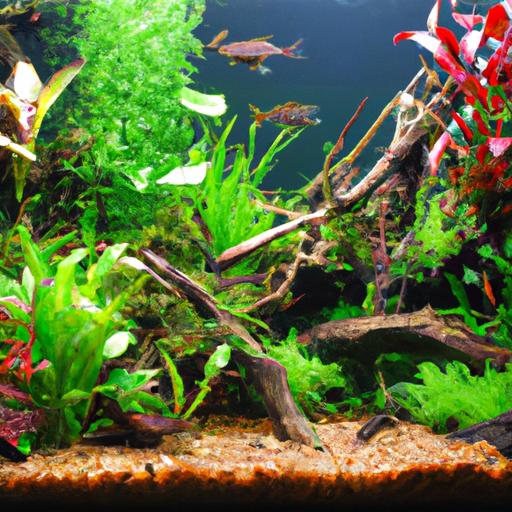
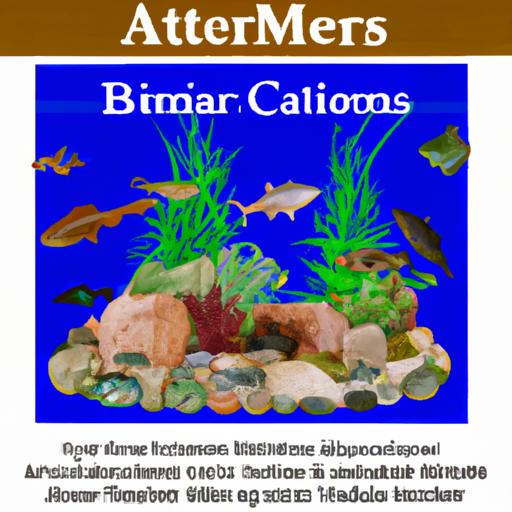
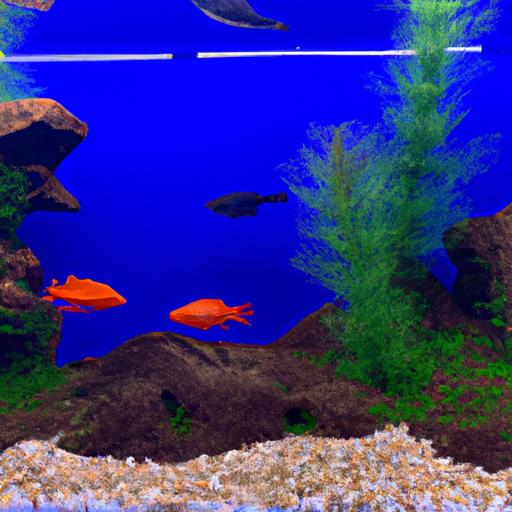
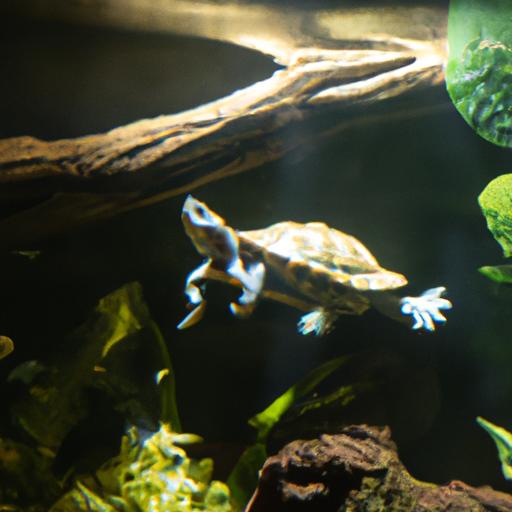




















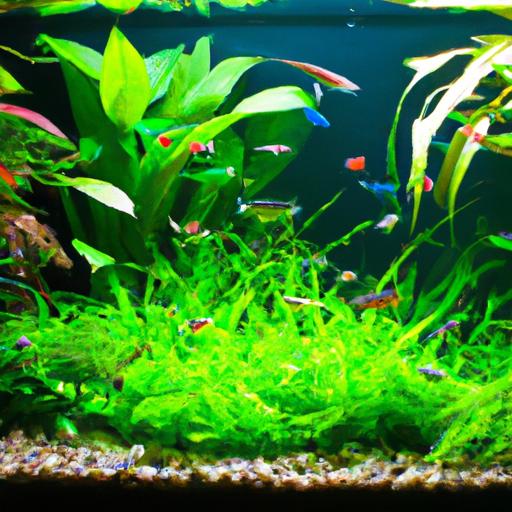
.jpg)
